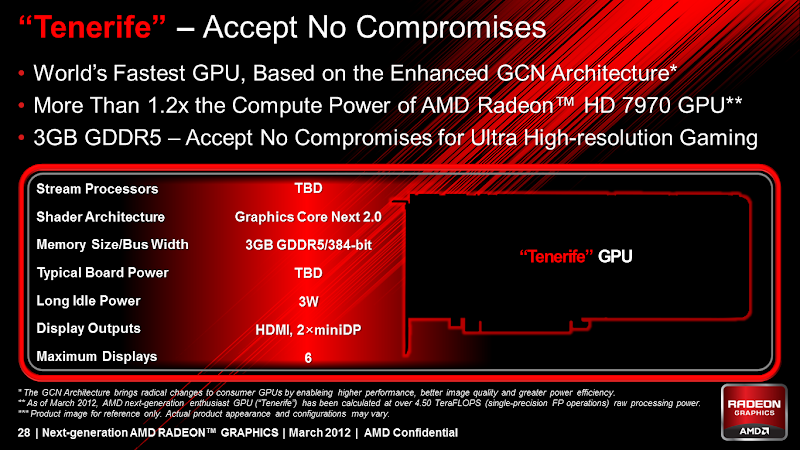No. For that you need custom design and GPUs don't do that.
that's not true. both amd and nvidia did improve on 40nm for at least 3~5% in density. things like reduced vias, denser layouts etc could still amount to a few percentiles.
adding in the possibly reduced redundencies with 8xxx designs. we could be looking at up to 20% more raw horsepower with no gain on die size if all goes well
although 10% (not counting clock gains) would be more realistic. so 5b could still be under 400mm2, or 420mm2 could be more likely a ~5.2b chip


